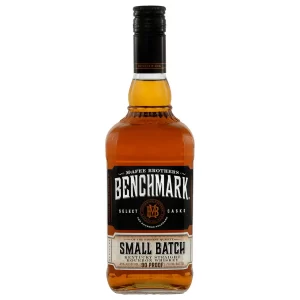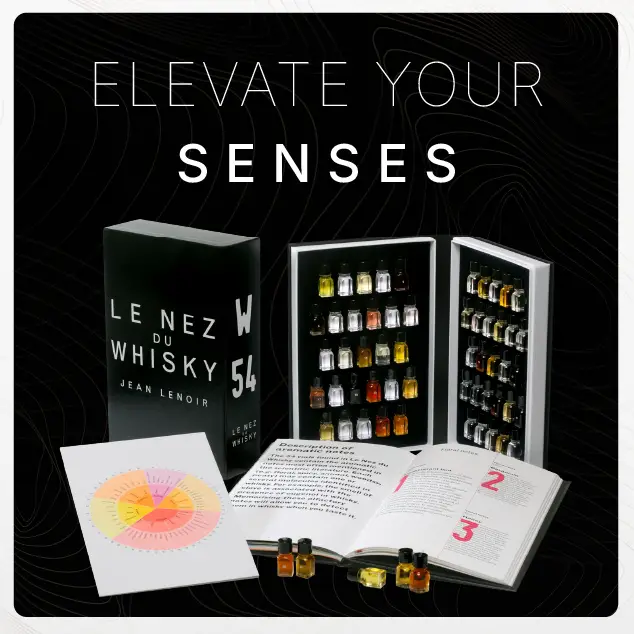By Richard Thomas
Rating: C+

(Credit: Sazerac)
For longer than The Whiskey Reviewer has been in existence, whiskey nerds have scoffed at the term “small batch.” If anyone was complaining about it in the actual small batch era of the 1990s, I was happy enough to not meet them; in those days, the bourbon fans I knew were glad to see the flowering of premium expressions. But a decade ago, when online croaking was at its loudest, mentioning the term “small batch” with anything but scorn in an online bourbon forum was likely to get you cyberbullied out the virtual door.
In this instance those nerds have a point, but (as usual) one they carry too far and apply capriciously, reserving their disdain for brands that are not clique favorites. It is true that “small batch” lacks any hard definition, and there are a few known and several suspected examples of applications that stretch any useful meaning of the term. Briefly, mass market whiskeys are often made with dumps numbering in the hundreds of barrels, sometimes over a thousand. The volume drowns outlier barrels and reduces the labor involved in ensuring consistency.
Small batching, on the other hand, usually means a single digit number of barrels on the low end and a few dozen on the high end. All barrels the barrels are hand-selected from a larger lot of sampled choices, with the manual work of blending started over again with each batch. This is especially demanding if consistency between batches is at issue. Maker’s Mark is the original small batch bourbon of the post-War era, although they didn’t use the term, and to guarantee consistency Bill Samuels, Sr. relied on labor-intensive barrel rotation rather than barrel selection. As one can guess, most craft whiskeys that are not single barrel are small batch, because the companies in question never work in volumes measured in dozens or hundreds of barrels.
Those aspects that give “small batch” meaning hold true for Benchmark Small Batch: its billing indicates the barrels concerned are chosen by Harlen Wheatley himself. Since this is a mass market brand that shoots for consistency, that adds labor to the process of achieving it. As for what else we know, the whiskey is bottled at 90 proof, and because the label bears no age statement but declares it a straight bourbon, we know it must be at least four years old.
The Bourbon
The nose comes across as sweet, simple and squarely in mainstream bourbon territory, like a slice of apple crumble pie with a caramel drizzle. The palate stays that course, but adds a dash of peppery wood into the mix. The finish reaches out with one hand for the cinnamon from the baked apples and the pepper from the wood and walks off stage with them.
The Price
Officially, this fetches $17 a bottle. Since the fan fever for all things Buffalo Trace has not quite infected the Benchmark line as of yet, consumers are still likely to find it at that price point, give or take local taxes.
